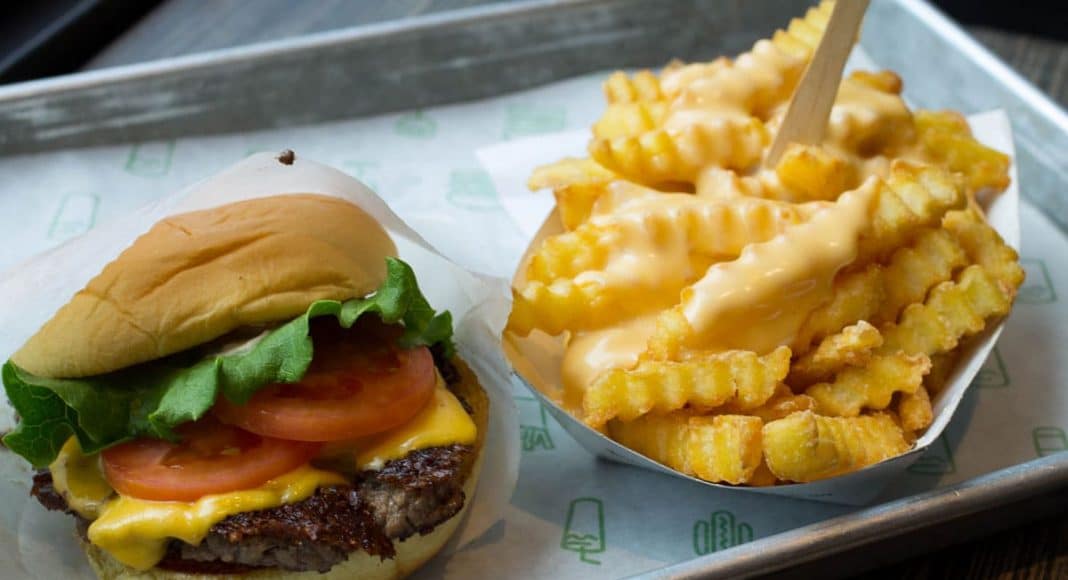

As this is being done, there will be additional bills and change that will be put off to the side along with the larger bills. Next, the person counting the money counts it back to its "starting amount." The starting amount is the amount of money that was in the drawer at the beginning of the shift. By preparing to count the money, all large bills, checks and coupons and food stamps (if any) are removed and put to the side. Counting the money is usually done in the back office: the drawer is removed from the register and taken into the office. In order to balance (or settle) the cash drawer, first, the manager (or sometimes the cashier) prepares to count the money in the register. However, the following applies as a general principle. In some retail establishments, credit or debit chits will be added like cash to the total contents of the cash drawer. In many retailers, the "starting amount" or "float" will fluctuate from shift to shift depending on the number of coins or small bills left in the till. Deposit rules will vary most modern retailers will deposit only larger bills and not deposit smaller bills or coins but will leave them in the cash drawer to be used as change. Note that the balancing procedure may vary drastically from store to store however, the closing contents of the cash drawer must match (within a certain allowed variance) the number expected on the X-report or Z-report, or "Cashier Closeoff" or "Signoff Report" generated by the cash register. This balancing process makes the cashier responsible for the money in their cash register. Process of counting and comparing money in cash register with accounting entriesĬashier balancing is a process usually conducted in businesses such as grocery stores, restaurants and banks that takes place at the closing of the business day or at the end of a cashier's shift.


 0 kommentar(er)
0 kommentar(er)
